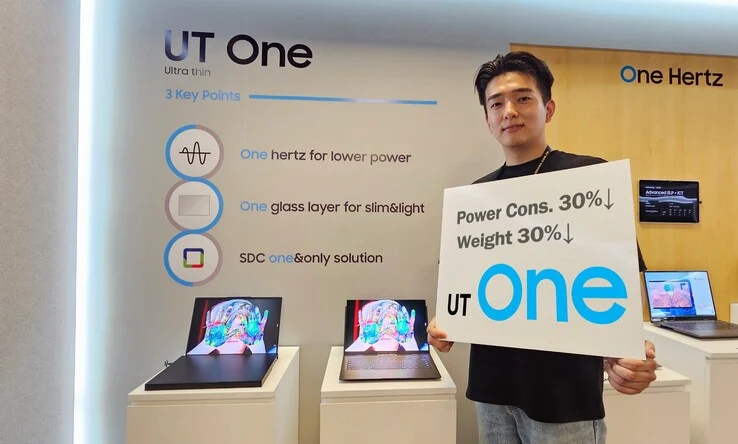Key Takeaways
1. Future MacBook Pro expected to feature an OLED screen, replacing mini-LED display.
2. Launch of the first OLED MacBook Pro anticipated in 2026, using advanced Samsung panels.
3. Samsung’s Gen 8.6 OLED panel is 30% slimmer and lighter, potentially reducing laptop weight by 50 grams.
4. New panel offers a variable refresh rate down to 1 Hz, improving power efficiency.
5. Intelligent Color Technology (ICT) enhances power efficiency and image brightness without noticeable flickering.
Rumors have been going around for a long time that a future Apple MacBook Pro will come with an OLED screen, replacing the mini-LED display currently used in models priced around $1,780 on Amazon. The first MacBook Pro with an OLED display is anticipated to launch in 2026, with Apple reportedly selecting advanced eighth-generation tandem OLED panels, mainly sourced from Samsung Display.
Cutting-Edge Technology
Samsung Display has introduced its Gen 8.6 OLED panel, which is set to begin mass production next year. The timing and specifications match earlier rumors about the MacBook Pro, suggesting that this panel could have been specifically designed for Apple’s leading laptop. The Samsung “UT One” OLED panel is claimed to provide two notable advantages over existing standard OLED panels. It is 30% slimmer and lighter, which may result in a decrease in a laptop’s weight by approximately 50 grams (1.76 ounces). Additionally, it features a variable refresh rate that can decrease to as low as 1 Hz – a capability that has been common in smartphones but is a first for laptops.
Improved Power Efficiency
Samsung’s internal tests indicate that reducing the refresh rate to this extent can potentially reduce power consumption by 30%. The company also asserts that this UT One OLED panel will not show noticeable flickering, even at refresh rates below 10 Hz. The display can support refresh rates up to 120 Hz. Moreover, Samsung’s new Intelligent Color Technology (ICT) aims to enhance power efficiency further by dimming brightness while increasing saturation, which helps images to look brighter than they truly are.
Source:
Link



Leave a Reply